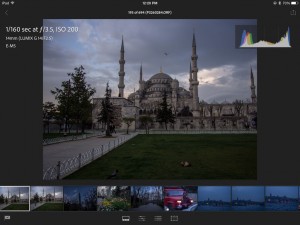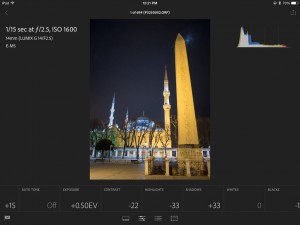I recently had a chance to catch up on some of my backlog of podcasts, including some of Dan Carlin’s Common Sense and Hardcore History. The most recent episode of Common Sense is named “Show 275 – The Specter of Dissent” and is a bit of a combination of history and current events commentary. Dan can be sensationalist, slow to get started, and slow to finish on a topic, but I think for this item the format is warranted.
He spends time going over the history of radicalization and protest in the US and how it relates to our current situation as described in some of the revelations from Edward Snowden and Glen Greenwald. In fact, but much of the podcast seems to be prompted by one of Greenwald’s stories earlier this month – “Glenn Greenwald: from Martin Luther King to Anonymous, the state targets dissenters not just “bad guys“. Policies and procedures raised from the article are throw-back to red scares and Hoover era:
Among the information collected about the individuals, at least one of whom is a “US person”, are details of their online sex activities and “online promiscuity” – the porn sites they visit and surreptitious sex chats with women who are not their wives. The agency discusses ways to exploit this information to destroy their reputations and credibility.
… Another slide describes the tactics used to “discredit a target”. These include “set up a honeytrap”, “change their photos on social networking sites”, “write a blog purporting to be one of their victims” and “email/text their colleagues, neighbours, friends, etc”. In accompanying notes, GCHQ explains that the “honeytrap” – an old cold war tactic involving using attractive women to lure male targets into compromising, discrediting situations – has been updated for the digital age: now a target is lured to a compromising site or online encounter. The comment added: “a great option. Very successful when it works.” Similarly, traditional methods of group infiltration are now accomplished online.
As Dan points out, perhaps these tactics are approved by the majority of Americans when used against our enemies. However, what is also increasing becoming apparent is that the net of “enemies” includes extremely broad definitions:
The NSA explicitly states that none of the targeted individuals is a member of a terrorist organisation or involved in any terror plots. Instead, their crime is the views they express, which are deemed “radical”, a term that warrants pervasive surveillance and destructive campaigns to “exploit vulnerabilities”.
…These incidents were not aberrations of the era. During the Bush years, for example, documents obtained by the American Civil Liberties Union (ACLU) revealed, as the group put it in 2006, “new details of Pentagon surveillance of Americans opposed to the Iraq war, including Quakers and student groups”. The Pentagon was “keeping tabs on non-violent protesters by collecting information and storing it in a military anti-terrorism database”.
This is a very disturbing revelation. The evidence seems to suggest that the net of suspicion is cast on domestic dissent – anyone who challenges the administration and status quo. This is extremely bad for the health of our system. As Greenwald puts it:
“… the implicit bargain that is offered to citizens: pose no challenge and you have nothing to worry about. Mind your own business, and support or at least tolerate what we do, and you’ll be fine. Put differently, you must refrain from provoking the authority that wields surveillance powers if you wish to be deemed free of wrongdoing.”
I highly recommend both Greenwald’s article and Dan Carlin’s podcast episode for some thought provoking content.







